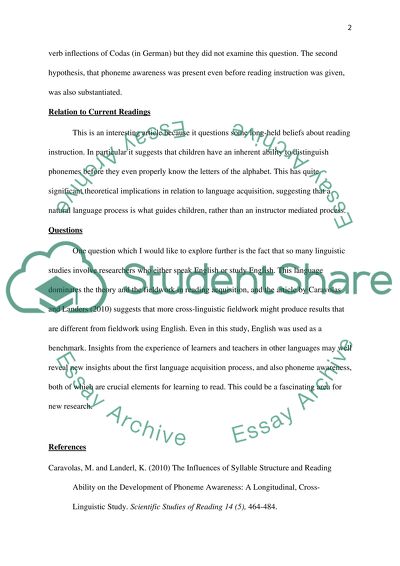Cite this document
(“The Influences of Syllable Structure and Reading Ability on the Coursework”, n.d.)
Retrieved from https://studentshare.org/education/1446618-literature-article-review
Retrieved from https://studentshare.org/education/1446618-literature-article-review
(The Influences of Syllable Structure and Reading Ability on the Coursework)
https://studentshare.org/education/1446618-literature-article-review.
https://studentshare.org/education/1446618-literature-article-review.
“The Influences of Syllable Structure and Reading Ability on the Coursework”, n.d. https://studentshare.org/education/1446618-literature-article-review.


